Dell, Urban Outfitters and Autodesk rise premarket; Deere and HP fall
As global trust in open markets erodes, national capitalism is emerging as a new strategy where states reclaim control over production, trade, and security to serve sovereign interests.
Redrawing the Rules: What National Capitalism Really Means
National capitalism is an emerging paradigm in which states place national economic interests above global integration. It does not reject capitalism itself but reshapes it around sovereign priorities. In this model, governments actively support domestic production, re-shore strategic industries, and use tools such as tariffs, subsidies, and public procurement to ensure national self-reliance. Sectors like defence, energy, and digital infrastructure are seen not just as economic assets but as pillars of sovereignty. National capitalism contrasts sharply with global capitalism, which favoured multinational supply chains, minimal state interference, and open markets under the oversight of institutions like the WTO and the IMF. The shift is not purely economic—it reflects a broader worldview where economic independence is equated with national security.
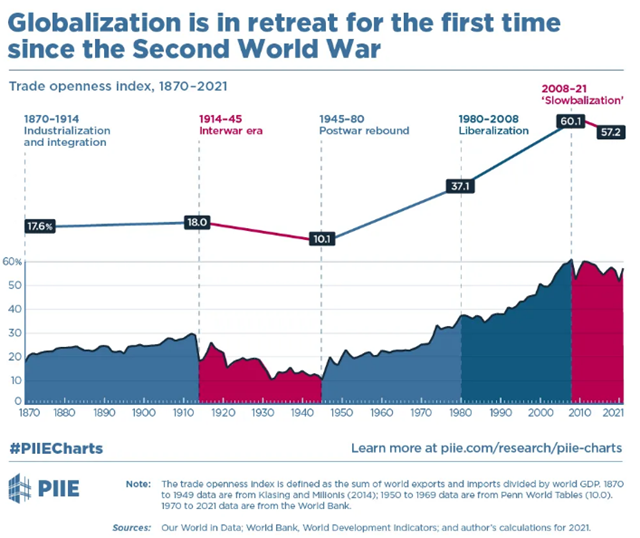
Why Is National Capitalism Rising?
Global instability, economic discontent, and technological rivalry have exposed the vulnerabilities of globalised capitalism—triggering a shift toward sovereignty, control, and domestic resilience across key sectors.
First, the COVID-19 pandemic exposed the vulnerabilities of hyper-globalised supply chains. As countries scrambled for vaccines, medical equipment, and essential goods, dependence on foreign production was revealed as a critical weakness. In response, governments began prioritising self-sufficiency in areas like pharmaceuticals, electronics, and strategic manufacturing.
Geopolitical fragmentation has only intensified this push. The US–China rivalry and Russia’s invasion of Ukraine have recast economic openness as a strategic liability. Access to energy, raw materials, and semiconductors is now treated as a matter of national security, blurring the line between trade policy and defence strategy.
Raw Materials and The New Geoeconomic Arms Race
At the heart of national capitalism lies a fierce competition for control over critical raw materials—resources that are not only economic inputs but strategic levers of power. China’s dominance in rare earths, controlling over 90% of global processing, has triggered a geopolitical backlash.
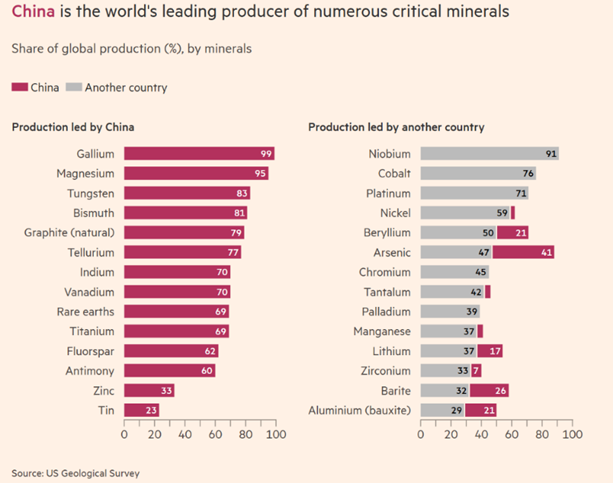
The US, viewing this dependency as a national security risk, is responding with mining subsidies, international deals, and export restrictions to rebuild its own supply chains.
Trump’s return has intensified this race. His administration is pushing for access to foreign mineral reserves—from Congo to Greenland—while invoking emergency powers to accelerate domestic extraction. These efforts are framed as essential to defence and technological self-sufficiency, as rare earths underpin everything from missiles to electric vehicles.
Meanwhile, China is doubling down. It has tightened export controls on key inputs like gallium and graphite, expanded state funding for exploration, and is leveraging its position to cement influence over global supply chains. This scramble has fragmented the global resource landscape. From Ukraine to Australia, producing nations are asserting control through nationalisation and export restrictions. The result is an emerging resource nationalism, where mineral access is becoming a battleground for geopolitical power and economic sovereignty.
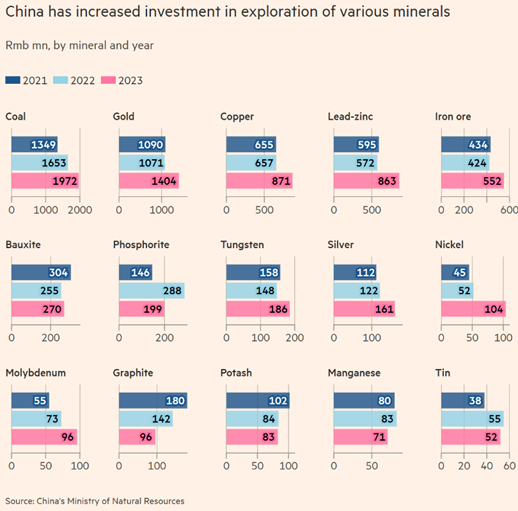
AI and Techno-Nationalism
Technology has become a key frontier of national capitalism. Control over data, semiconductors, AI, and digital infrastructure is no longer seen as just an economic advantage—it’s a matter of geopolitical power. As trust erodes, governments are distancing themselves from foreign tech giants, particularly those based in rival states.
In the US, the CHIPS and Science Act directs $52.7 billion toward domestic semiconductor manufacturing and R&D. Alongside this, Washington has imposed strict export controls to block China’s access to advanced AI chips, citing national security risks tied to military and cyber capabilities. As the US Secretary of Commerce put it, the goal is to “safeguard the most advanced AI technology” from foreign adversaries.
China is responding in kind. Through its $47.5 billion “Big Fund,” Beijing is accelerating chip self-sufficiency and tightening its grip on global tech supply chains. The result is a deepening techno-nationalist arms race—an increasingly central dynamic in the national-capitalist model.
Social Fractures and Populist Pressure
Political discontent has further accelerated the shift. Years of growing inequality under global capitalism have fuelled populist movements that promise protection, fairness, and economic security. Nationalist leaders have capitalised on this unrest by pledging to safeguard domestic jobs and rebuild local industry—reframing national capitalism as a response to both economic grievance and democratic frustration.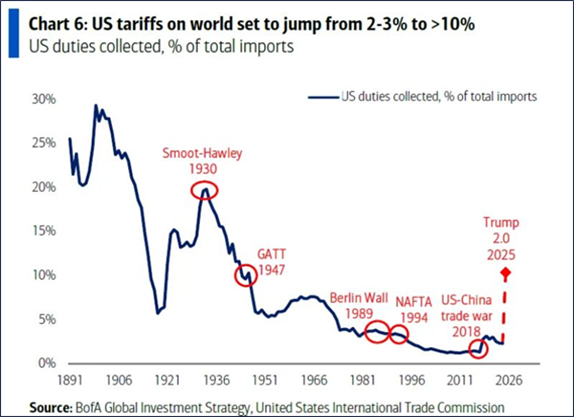
Re-Shoring (or Friend-Shoring)
One of the clearest expressions of national capitalism is the reshoring—or friend-shoring—of industrial supply chains. Governments are relocating the production of critical goods either domestically or to trusted allies, treating supply chain dependence as a strategic vulnerability. Sectors like electric vehicles, semiconductors, pharmaceuticals, and defense equipment are now prioritised for onshore production in both the US and Europe.
In the US, initiatives like “Buy American,” the CHIPS and Science Act, and the Inflation Reduction Act provide billions in subsidies to rebuild industrial capacity. Trump’s return has further intensified the shift, combining tariffs, executive orders, and new trade barriers in a bid to enforce economic self-reliance. Companies like Caterpillar (NYSE:CAT) and Apple (NASDAQ:AAPL) are reshoring production, spurred by automation, geopolitical risk, and growing consumer demand for “Made in USA” products. With 270,000 reshored jobs in 2023 alone, the movement has become a core feature of the US industrial revival.
In Europe, reshoring takes a regionalist form. The €800 billion ReArm Europe plan ties defence spending to local production, mandating that 65% of procurement stay within the EU, Norway, or Ukraine. National policies in France and Germany push “Buy European” strategies, while industrial plans like the EU Chips Act aim to localise critical sectors. These efforts signal a broader pivot toward economic resilience and strategic autonomy.
However, reshoring is not without challenges. It requires major investments in infrastructure, streamlined regulatory processes, and a domestic workforce with modern manufacturing skills. Addressing these gaps has prompted new workforce initiatives, apprenticeship programs, and public-private partnerships.
Beyond economics, reshoring revitalises local communities, boosts infrastructure, and strengthens industrial sovereignty. It marks a return of industrial policy as a pillar of national strategy—where security, resilience, and sovereignty take precedence over global efficiency.
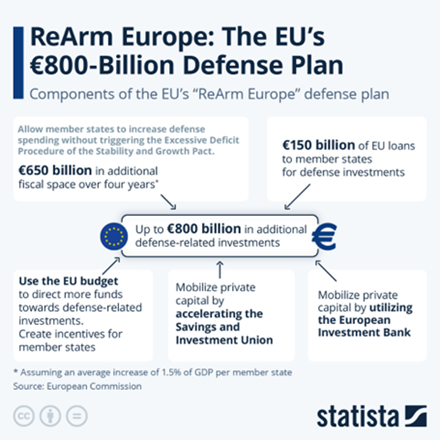
President Donald Trump’s Legacy
Donald Trump 1.0 economic policies were a direct expression of national capitalism. “America First” was not just political rhetoric—it became a doctrine that reshaped US trade, defence, and industrial policy. During his first presidency, Trump imposed wide-reaching tariffs on imports from China, the European Union, Canada, and Mexico. Trump sidelined multilateral institutions like the WTO in favour of unilateral trade measures, framing trade as a zero-sum game.
In 2025, he is considering invoking emergency powers under the IEEPA to impose sweeping tariffs without congressional approval—even on allies. While justified as essential for national and economic security, critics note these policies have raised consumer costs and failed to deliver the promised industrial revival. Nevertheless, the politics of protectionism remain potent. Even under the Biden administration, many Trump-era tariffs remained in place, and the US has continued to expand industrial subsidies. With Trump back in office, his national-capitalist agenda is driving the US toward deeper trade isolation—marked by sweeping tariffs, aggressive reshoring, and a break from global economic institutions.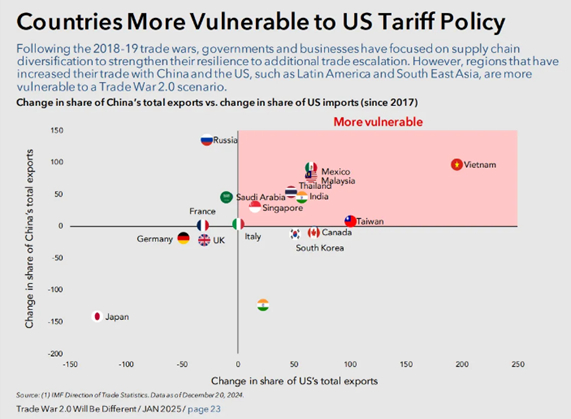
Europe’s Defence Rebuild: From Dependency to Self-Reliance
National capitalism is also reshaping Europe—particularly through the lens of defence and sovereignty. The Russian invasion of Ukraine shattered long-held European assumptions about peace, energy interdependence, and reliance on US military power. In response, EU states have dramatically increased their defence budgets. Poland, for example, now allocates over 4% of GDP to defence, with Estonia and Germany not far behind. The European Commission has proposed an €800 billion defence investment program under the ReArm Europe plan, which includes public loans and encourages local defence production. This push goes far beyond short-term military spending. It represents a structural shift toward defence autonomy and domestic industrial capacity. The plan rewards production carried out in the EU or allied nations and includes flexibility on fiscal rules to facilitate national investment.
Leaders such as Mitsotakis and Nausėda have called for even more ambitious steps, including joint borrowing facilities and EU-wide grants. The logic is clear: in a national-capitalist world, defence must be sovereign, industrial, and less dependent on external actors—especially the United States. Europe’s approach may be more coordinated than President Trump’s, but it responds to the same imperative: resilience through autonomy. The plan also includes key fiscal exemptions, allowing countries like Germany to bypass deficit rules for defence spending. Germany alone may expand defence and infrastructure investments by over 4.5% of GDP, supported by a €500 billion infrastructure fund. Though the GDP multiplier for defence is limited (0.4–0.7), Germany’s domestic focus on defence R&D could generate long-term productivity gains across Europe—particularly if procurement favours European-made technologies.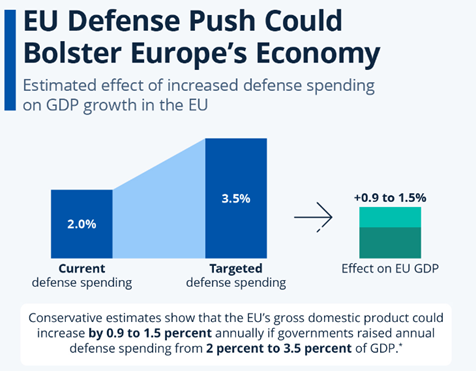
The New Economic Patriotism in Europe
Europe’s embrace of national capitalism extends well beyond defence. It is increasingly visible in industrial strategy, investment screening, and targeted trade policies. France and Germany have become vocal advocates of “Buy European” policies, particularly in public procurement and strategic sectors. To shield its economy from foreign influence, the EU is reinforcing its regulatory arsenal—tightening controls on foreign investments through instruments like the Foreign Subsidy Regulation, which curbs unfair competition and Chinese acquisitions.
At the same time, the EU Chips Act and the Green Deal Industrial Plan aim to localise production of semiconductors, clean technologies, and other critical sectors. Brussels also relaxed competition rules to promote the rise of “European champions”, which are capable of rivalling American and Chinese giants.
Rather than adopting overt slogans, Europe is quietly building its own form of economic sovereignty—deploying a strategic mix of legal tools, industrial coordination, and financial incentives. This model remains open when advantageous but enforces control when required. In doing so, the EU is shaping a more autonomous and resilient economic order—one that responds to an increasingly volatile and protectionist global environment.
As the US escalates tariffs under Trump’s return, Brussels has also begun preparing retaliatory trade measures—underscoring that economic sovereignty now cuts both ways.
Conclusion
National capitalism marks a clear departure from the era of globalisation. Faced with geopolitical rivalry, supply chain shocks, and rising inequality, states are reclaiming control over production, trade, and strategic sectors. The US and Europe are reshaping policy around resilience, autonomy, and economic sovereignty.
While this shift carries risks—higher costs, fragmentation, and potential retaliation—it reflects a broader recalibration of power. In a volatile world, national capitalism offers a renewed framework where security and sovereignty take precedence over efficiency and openness.
